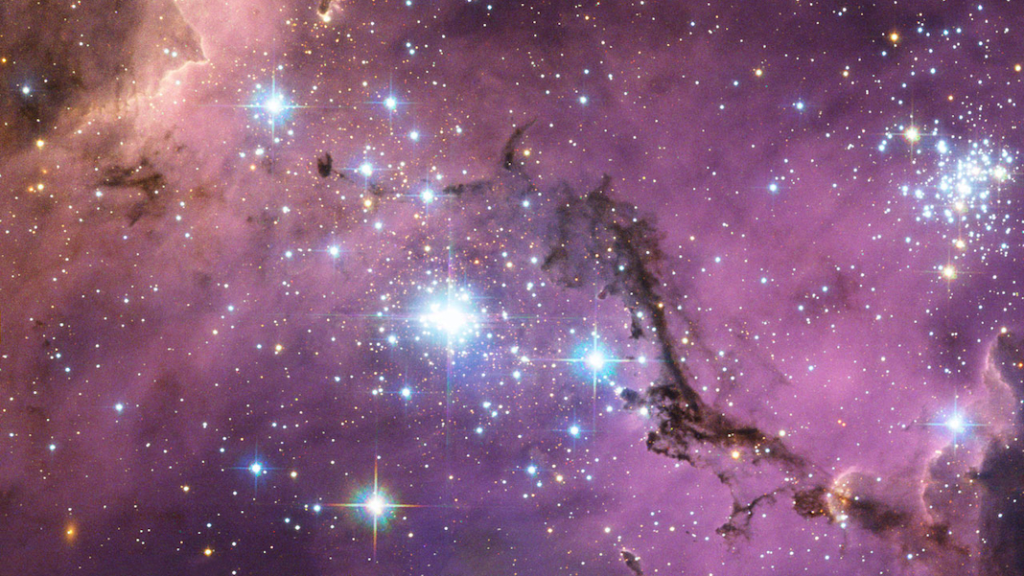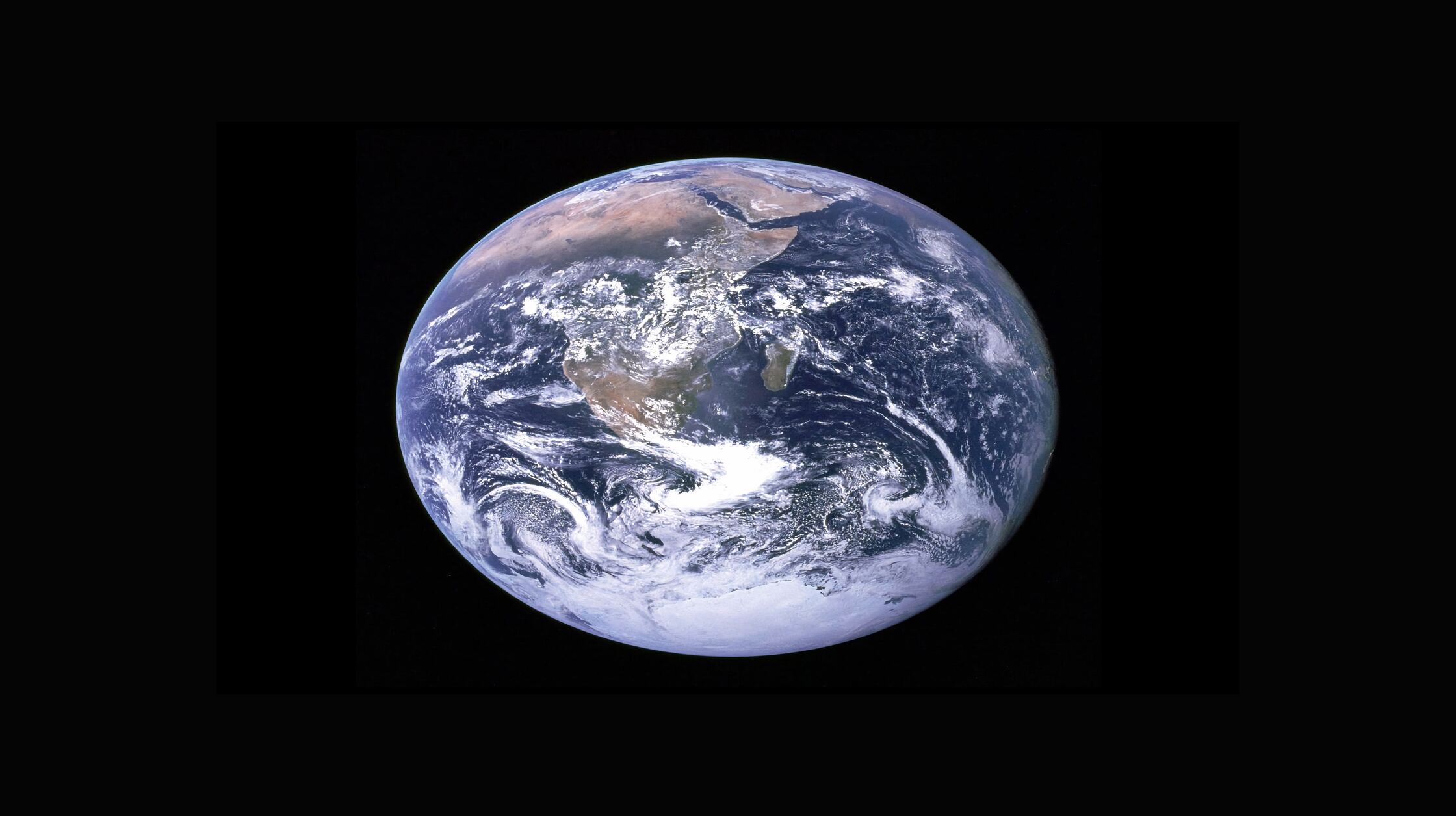We live in a vast observable Universe, with sextillions of stars and even larger numbers of planets, with more unobservable Universe and potentially even a multiverse beyond what we can see. While the ingredients for life and living planets are seemingly everywhere, however, we have yet to detect a single sign of life beyond Earth — even the simplest forms of life — on any world at all. Is it possible, or even likely, that despite all of the chances out there for intelligent life, planet Earth is home to the only instance of it in all of reality? Here’s what the science has to say about it today.

The Universe, as we understand it today, is a vast expanse of space littered with stars, galaxies, and very likely planets, for as far as our instruments can probe. Beyond that, there’s likely a much greater amount of “Universe” out there that’s unobservable to us, and an inflationary multiverse in which our entire Universe is embedded. Yet, even though our scientific efforts have revealed an enormous number of details about the Universe we inhabit (and perhaps even beyond), we have yet to find another inhabited world out there with even simple, microbial life, much less life that’s complex and differentiated, or even intelligent and technologically advanced. The question of just how “alone” we are in the Universe remains unanswered.

Let’s begin by dividing our knowledge base into three separate sections:
– What is known to be true, today, in 2023,
– What is not yet known but is assumed to be true, based on our current knowledge,
– What remains unknown, even today, even with the best knowledge at our disposal.
As far as the true things go, this represents the full suite of tremendous accomplishments, both from the experimental/observational side that’s rooted in concrete evidence, as well as from the theoretical side that are simply extrapolations from what’s successfully explained by our best theories to what the necessary consequences of those theories are.
We know how many stars there are, including what percentage of them are like the Sun, what percentage have enough heavy elements to be consistent with having the potential for rocky planets and life on those planets around them, how many of those systems are present within the observable Universe at present, and how many of those systems are actually observable by us, today, if we had arbitrarily advanced technology to work with. It’s absolutely remarkable that just about 30 years ago, we didn’t know the answers to any of these questions, and yet today, we’ve learned the definitive answers to them all.
Within our own Milky Way, there are somewhere around 400 billion stars, but the Milky Way itself is a particularly large, evolved, late-time galaxy compared to the average galaxy in the Universe. We can map out what’s called the metallicity of the stars in our galaxy — the fraction of heavy elements, elements heavier than hydrogen or helium, that are present within the star — and see what the relationship is between a star’s metallicity and its chances of having planets around it. And we can also sort stars by their mass and spectral type, and see what fraction of those stars have possibly Earth-like planets around them, where “Earth-like” at this point only means:
– Rocky, like Earth,
– About the same mass and radius as Earth,
– At about the same distance from its parent star to receive comparable amounts of power as Earth receives from the Sun,
– And where that’s truly all we can measure for now.
And finally, we can take what we know about star-formation in the Universe and the full suite of observed galaxies — as well as the theoretical expectations for galaxies that are too faint, too low-in-mass, too close to larger galaxies, and too distant for us to directly resolve — to come up with an estimate for how many potentially inhabitable worlds there are contained within the observable Universe. That information, all of it, falls into that first category of “what is known” to be true, today, in late 2023.




